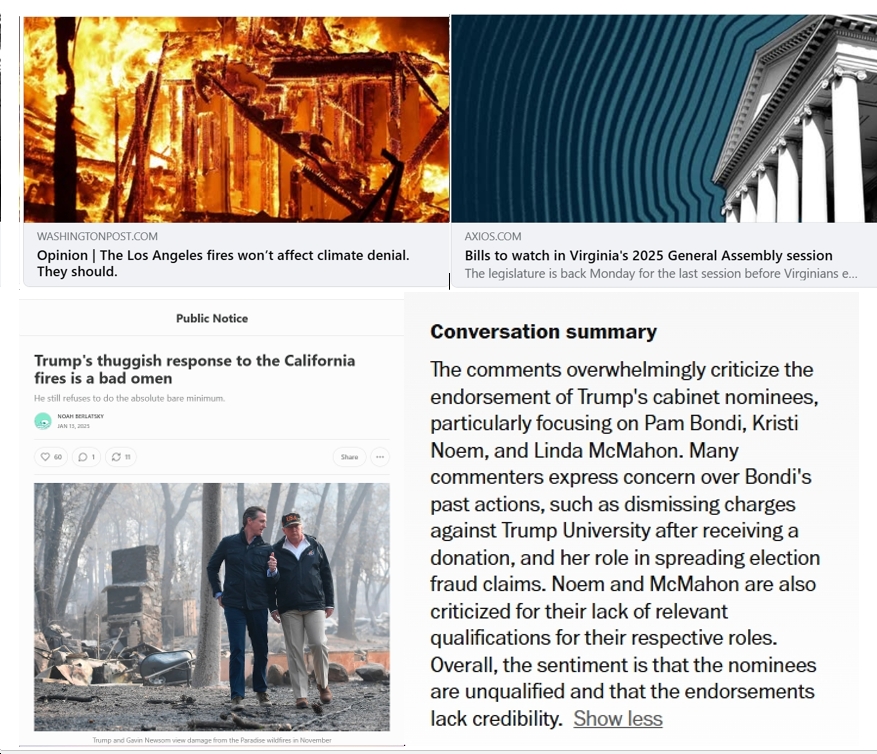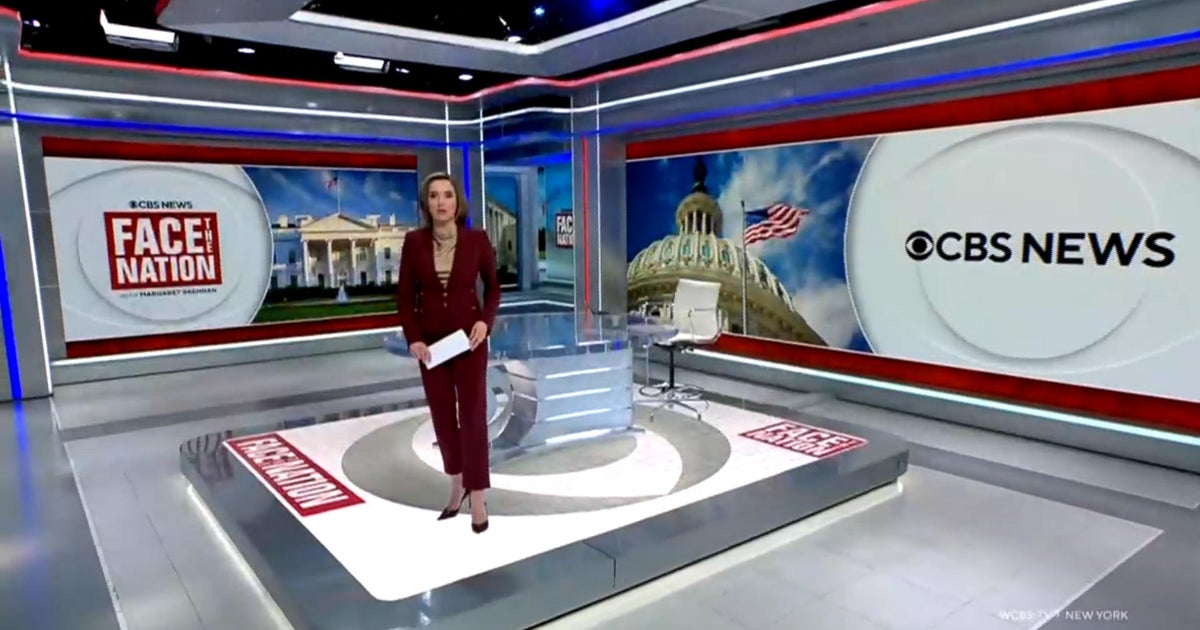








California is currently facing catastrophic wildfires that have led to significant loss of life and widespread destruction. As of January 27, 2025, the wildfires have devastated over 40,000 acres, resulting in at least 28 fatalities and the destruction of over 13,000 structures. Approximately 200,000 residents have been evacuated due to the fires, which have caused economic losses estimated between $135 billion and $150 billion, potentially making it the costliest natural disaster in U.S. history [8e6d5ec][d79b677f].
The Palisades Fire has been particularly destructive, burning nearly 25,000 acres and destroying 75% of Pacific Palisades. FEMA Administrator Deanne Criswell has highlighted the challenges posed by Santa Ana winds, emphasizing the urgent need for federal assistance to combat the ongoing crisis [d82634bc]. Amidst the devastation, claims of arson terrorism have emerged, raising questions about the causes of these fires [d79b677f].
The situation is further complicated by California's insurance crisis, which has been exacerbated by previous disasters, including the 2018 Camp Fire that resulted in $16.5 billion in damages. Major insurers have ceased writing new property insurance policies in California, reflecting a broader trend of increasing nonrenewal rates across the United States [c284817c].
According to a recent report by Moody's, the ongoing wildfires in Southern California could become the most damaging in U.S. history, with projected economic losses between $2 billion and $3 billion. The fires are impacting urban and affluent communities, raising property damage costs significantly [df35be2e]. Over 60% of Los Angeles County is experiencing severe drought as of early January, which has contributed to a 60% year-over-year drop in restaurant reservations in Los Angeles, and a 50% decline in Beverly Hills reservations on January 8 [df35be2e].
In response to the devastation, Rep. Judy Chu has called for efforts to rebuild affected communities, while Sen. John Barrasso criticized California's management of the fires, suggesting that Congress may provide aid with certain conditions [d82634bc]. Meanwhile, Sen. Mark Kelly has voiced concerns over Chinese cyber threats and has supported the Laken Riley Act aimed at enforcing stricter immigration measures [d82634bc].
As of January 25, 2025, LA County has initiated several recovery and rebuilding programs. These include tax relief measures such as extensions for tax filing until October 15, 2025, disaster loss deductions for 2024 returns, property reassessments for damages over $10,000, and deferred property tax payments until April 2026. Additionally, California lawmakers approved a $2.5 billion wildfire recovery package, which includes $20 million earmarked for temporary jobs. FEMA continues to provide disaster assistance, while the Small Business Administration (SBA) offers low-interest loans for recovery efforts. Private contributions, including a $500,000 donation from Wells Fargo to relief funds, are also aiding recovery [4dec9b1b].
Infrastructure rebuilding is underway, with FEMA grants allocated for public utilities and road repairs. Companies like AECOM and Jacobs are involved in these recovery efforts, while the Capital Planning Steering Committee, led by Mayor Karen Bass, aims to streamline projects and attract private investment. However, challenges such as funding gaps and coordination issues remain [4dec9b1b].
The ongoing wildfires have reignited discussions about climate change policies, particularly in light of Donald Trump's recent withdrawal of the U.S. from the Paris Agreement on January 20, 2025, marking the second exit from the accord. Critics argue that Trump's promotion of fossil fuels, which contribute to climate change, risks exacerbating disasters like the California wildfires. Trump's response to the fires has been described as 'thuggish' by various commentators, raising concerns about the political implications of his leadership during such crises [081ff97d][d79b677f]. Michael Moore's analysis draws parallels between the current situation and historical disasters, warning against complacency in governance. He notes that the insurance crisis, driven by escalating wildfire risks due to climate change, could lead to significant economic upheaval [42155140]. The California FAIR Plan, which serves as an insurer of last resort, has seen a 40% increase in policies since late 2023, but experts warn of potential insolvency due to ongoing fire damages [c284817c]. Rising wildfire-related claims could further drive up homeowners’ insurance premiums, potentially increasing taxpayer funding for California’s FAIR Plan as the existing affordable housing crisis may worsen [df35be2e].
Despite the challenges, Moore reflects on the resilience of Californians, who continue to confront these issues head-on. The implications of these developments extend beyond California, as similar insurance challenges are emerging in states like Florida, Louisiana, Texas, and Colorado, all grappling with the impacts of climate change on their insurance markets [42155140][25388f45]. In a show of solidarity, Ukrainian President Volodymyr Zelenskyy has offered assistance to California in battling the wildfires, highlighting the global nature of climate crises [081ff97d].
As the wildfires rage on, the consequences of climate inaction are starkly evident, prompting calls for a reevaluation of policies surrounding fossil fuels and climate change. Trump's previous policies, which included withdrawing from the Paris Accord and repealing the Clean Power Plan, are now under scrutiny as the state faces the repercussions of increased wildfire frequency linked to climate change [b3ca29c2].
In a recent opinion piece, Nurit Greenger criticized California's environmental regulations and governance, attributing the fires to human mismanagement rather than climate change. She emphasized the need for better fire management and innovative detection technologies to mitigate future risks [d79b677f]. Governor Newsom has invited Trump to witness the destruction firsthand, underscoring the need for unity in addressing the disaster [5d10e787].